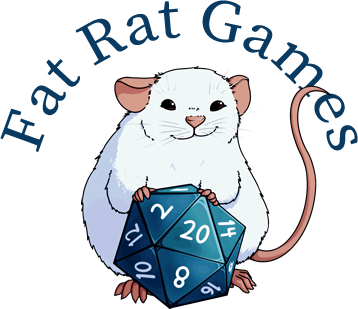Fifth Edition enshrined in its player’s handbook the notion that there are three pillars of the game: combat, exploration, and social interaction. I don’t think this is correct, at least not for me. I don’t think I’ve ever seen combat as a pillar of D&D and other role-playing games. It is, obviously, a part of the game but not a pillar. I also don’t see social interaction as a pillar of the game. Instead, both are supports for what I consider the pillar of RPGs…exploration. (This entire post, of course, is my opinion and perception of things…folks are free to have different opinions and perceptions. Similarly, the line between old and new/modern versions of D&D is something that is up for debate and it can be a blurry line.)
Exploration, writ large, has always been the core of the game for me. Exploration of the dungeon. Exploration of the wilderness. Exploration of the overall game world. Exploration of your character, learning who he or she is. Exploration of who the NPCs are. All of it was exploration and discovering where the game would take you and your friends as the story emerged from play.
I feel like this was lost somewhere along the way. “Modern” versions of D&D treat a more narrowly defined notion of exploration as just one pillar of the game and often the lesser one. Combat has largely been elevated to the primary pillar with exploration and social interaction often taking a lesser role. Builds are central to how many players look at their characters, often planned out from 1st to 20th level. Story is often pre-scripted, be it a character’s intricate and detailed backstory or an adventure with a pre-defined path. Published adventures provide lengthy descriptions of locations intended to be read aloud. With their plots carefully detailed and mapped out, the GM and the players regularly tell a story that has already been written…at least that appears to be the assumption of such adventures.
Compare that to old modules. They don’t typically have lengthy descriptions; many eschew the use of read-aloud boxed text completely. Plots aren’t carefully detailed, just locations and situations suggested. Plot and story are expected to come about as part of the play…as the players and GM explore the world, the location, the characters, and the situations provided.
A room description might only say something like, “This 40’ by 40’ room has two unlocked stone doors, one in the east and one in the west. Other than a strange yellow spiral engraved in the floor, there is nothing else of interest.” The spiral is there for the players to explore and interact with. The GM is free to flesh it out based on those explorations and interactions. In modern versions of the game, a player would generally just say, “I make a <insert skill of choice, e.g., Arcana> check to see what I know about the spiral or or how to activate it.” Exploration, interaction, and experimentation are replaced with a skill check.
Characters are rolled when exploration is the core of the game and not constructed to fit a preconceived idea for a build. Just like with everything else, the player learns who their character is as they play the game. A high Strength and a low Constitution for a fighter? Sure! How do you portray that? Who are they? You can’t decide that ahead of time because you don’t know who your character might be until you start playing them. We ALL learn who they are together at the table.
In newer editions of D&D, you need to have the right ability scores to be high to be an “optimal” character. In older editions, good ability scores were nice but not necessary to be an effective player. In newer editions, the character and what is on the character sheet are the core. Player skill emphasizes building the effective character. In older editions, the emphasis is on the player through the character exploring what the game has to offer and not the right character build.
This is a big part of why I got excited about Shadowdark. It is a game that—in my reading of it—explicitly emphasizes exploration. And in case it wasn’t clear yet, it is the exploration element that excites me. I enjoy the joint exploration of the game world, the locations, and the situations. I enjoy reacting to what the players do in their exploration of the game world, the locations, and the situations.
Why lay all this out? When players (including the GM) have different notions of the pillar(s) of the game, there is likely to be a large disconnect between what each thinks the game should be about and what makes the game fun. Now you know where I’m coming from in my approach to running the game. The Borderlands campaign will be about exploration. Exploration of the dungeons. Exploration of the wilderness. Exploration of the Borderlands overall. Exploration of your character(s), learning who they are. Exploration of who the NPCs are.
